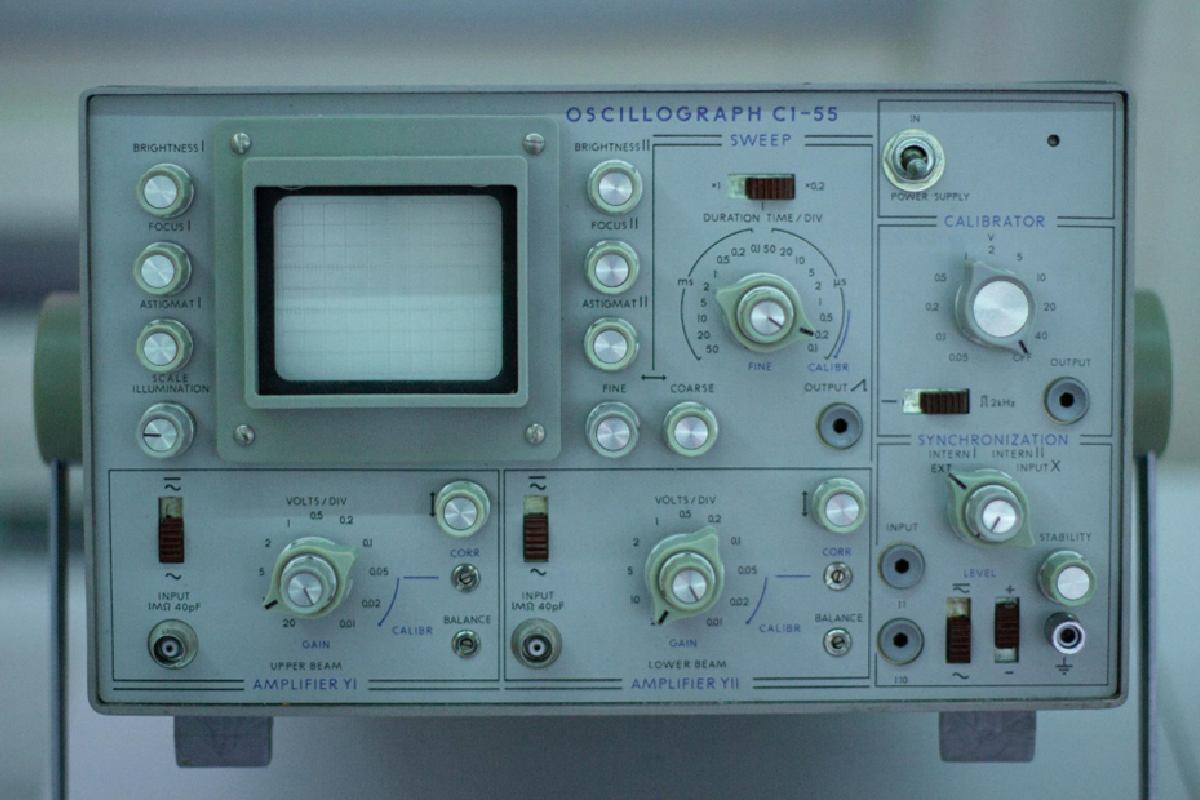Oscilloscope Probes – Embarking on a journey through the oscillating world of electronics, one instrument that stands tall is the oscilloscope. Like a trusty sidekick, however, the oscilloscope probe plays a crucial role in ensuring that this adventure is successful. In this exploration, let’s unravel the coil of mysteries around oscilloscope probes to understand their significance and impact on accurate measurements.
Types of Oscilloscope Probes
- Passive Probes – The most common kind, known for their simplicity and reliability.
- Active Probes – Powered probes known for their higher performance and precision but at a higher cost.
- Differential Probes – Designed to measure the difference between two voltage points, crucial for applications involving high common-mode voltages.
- Current Probes – Specialized probes for measuring current through a conductor without direct electrical contact.
For those looking to delve deeper into the specifics and selection of oscilloscope probes, this oscilloscope probe resource provides comprehensive insights. It covers various types of probes, their effects on measurements, and advice on choosing the right one for specific applications. Understanding these nuances is essential for achieving accurate and reliable measurements.
Decoding the Specs: What to Look For
When diving into the specifics of probes, bandwidth, and impedance are two critical factors that can make or break your measurement fidelity. Bandwidth must align with your oscilloscope’s capabilities to ensure accurate signal representation. Impedance, on the other hand, must be compatible with your circuit to prevent loading effects.
The Essence of Oscilloscope Probes
Oscilloscope probes are not merely accessories; they are the liaison between the electronic circuit under test and the oscilloscope. These probes can significantly influence the accuracy of the measurements being taken, acting as a bridge that must carry the electronic signals without distortion or loss.
Understanding Probe Loading and its Effects
Probe loading refers to the impact a probe has on the circuit being measured. Every probe, by its very nature, alters the circuit’s behavior to some extent. Selecting the right probe with the appropriate impedance is vital to minimize these effects and achieve reliable measurements.
The Influence of Probe Compensation
Probe compensation is a fine-tuning process, essential for passive probes, that matches the probe’s capacitance to that of the oscilloscope. This adjustment is crucial for eliminating signal distortions, ensuring that what you measure is as close to the true signal as possible.
Attaining Accuracy: Probes in Practice
Practicing with probes extends beyond selecting the right type. The art of placement, understanding when to use grounding accessories, and the act of compensation are all nuanced skills that refine the accuracy of your measurements. It pays to hone these skills through experimentation and practice.
Understanding the Environmental Impacts on Measurements
It is also essential to consider the environmental factors that might influence measurement accuracy. Temperature, humidity, and electromagnetic interference can significantly affect probe performance. Understanding how to mitigate these factors is crucial for ensuring the reliability of your measurements in varying conditions.
Building a Probe Library
No single probe can fulfill all measurement needs. Therefore, building a collection of different types of probes can be a wise investment for anyone serious about electrical engineering or electronics hobbyists. Having the right probe for the task at hand not only ensures accurate measurements but also protects your equipment from potential damage.
The Future of Oscilloscope Probes
As technology advances, so do oscilloscope probes. With the advent of digital and mixed-signal oscilloscopes, probes too are evolving. New materials, design improvements, and advanced signal integrity techniques are being developed to make probes more accurate, durable, and versatile. Staying abreast of these developments can empower users to make even more precise measurements.
Conclusion
While the oscilloscope might be the star of the show in any electronic diagnosis or experimentation, oscilloscope probes deserve a standing ovation for their pivotal role in the accuracy of measurements. Understanding the ins and outs of these probes uncovers the potential for precision, taking your electronics journey from mundane to magical. As we wrap up this electrifying exploration, remember that each probe has a story, and selecting the right one can make all the difference in your electronic adventures.


